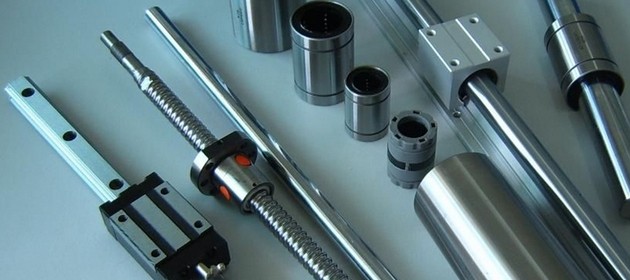

Locomotive Rolling experimental study, the use of rolling bearings and having a normal fault of rolling bearing outer peel, were vibration signal acquisition and processing. Vibration signals by different states presented under two conditions, time domain and frequency domain analysis, to find fault frequency, to determine the fault condition, and then verify the reliability and accuracy of the Institute fault diagnosis method employed.
Rolling from the locomotive in the normal state and fault state vibration signals in time domain waveforms can know: under fault conditions, the rms amplitude of the vibration signal from 146.348 normal state increased to 154.729, showing a slight increase. Accordingly automotive lubricants, can initially conclude Rolling existence of hidden faults, however, to accurately determine what kind of failure is more difficult, the need for further analysis.
The wavelet transform is one of the ways in recent years in signal analysis and processing frequently used. Oil-cooled electric drum Because the wavelet transform in the time domain and frequency domain analysis is partial, so they can more effectively extract information from acquired signals, identifying mutations in components of the signal. By stretching and translation operation method, the wavelet transform allows signal multi-scale detailed analysis, and the signal can be more effective level of noise reduction removes noise.
According to the advantages of wavelet transform research using LabVIEW Advanced Signal Kit discrete wavelet transform function, locomotive rolling bearing vibration signal wavelet noise reduction level is 5, which can reject noise better keep useful information. Then after the signal noise spectrum analysis, according to the locomotive rolling bearing vibration frequency in the frequency domain, combined with the calculated characteristic frequency, it can initially determine the fault condition of rolling bearings.

Contact: Sky
手 机:+8618222070132
E-mail:sales@zeneobearings.com
HongKong ZENEO bearings
ADD:ROOM 1611B, 16/F, HO KING COMMERCIAL CENTER , 2-16 FA YUEN STREET,MONGKOK,KOWLOON, HONGKONG